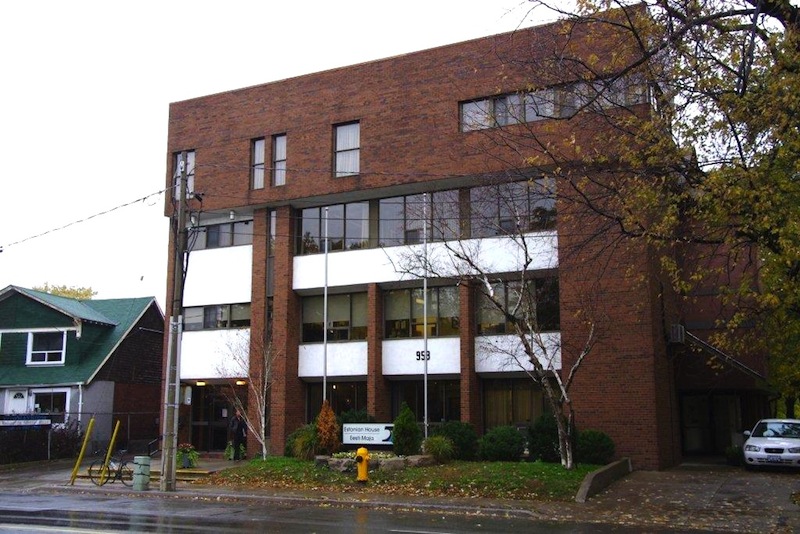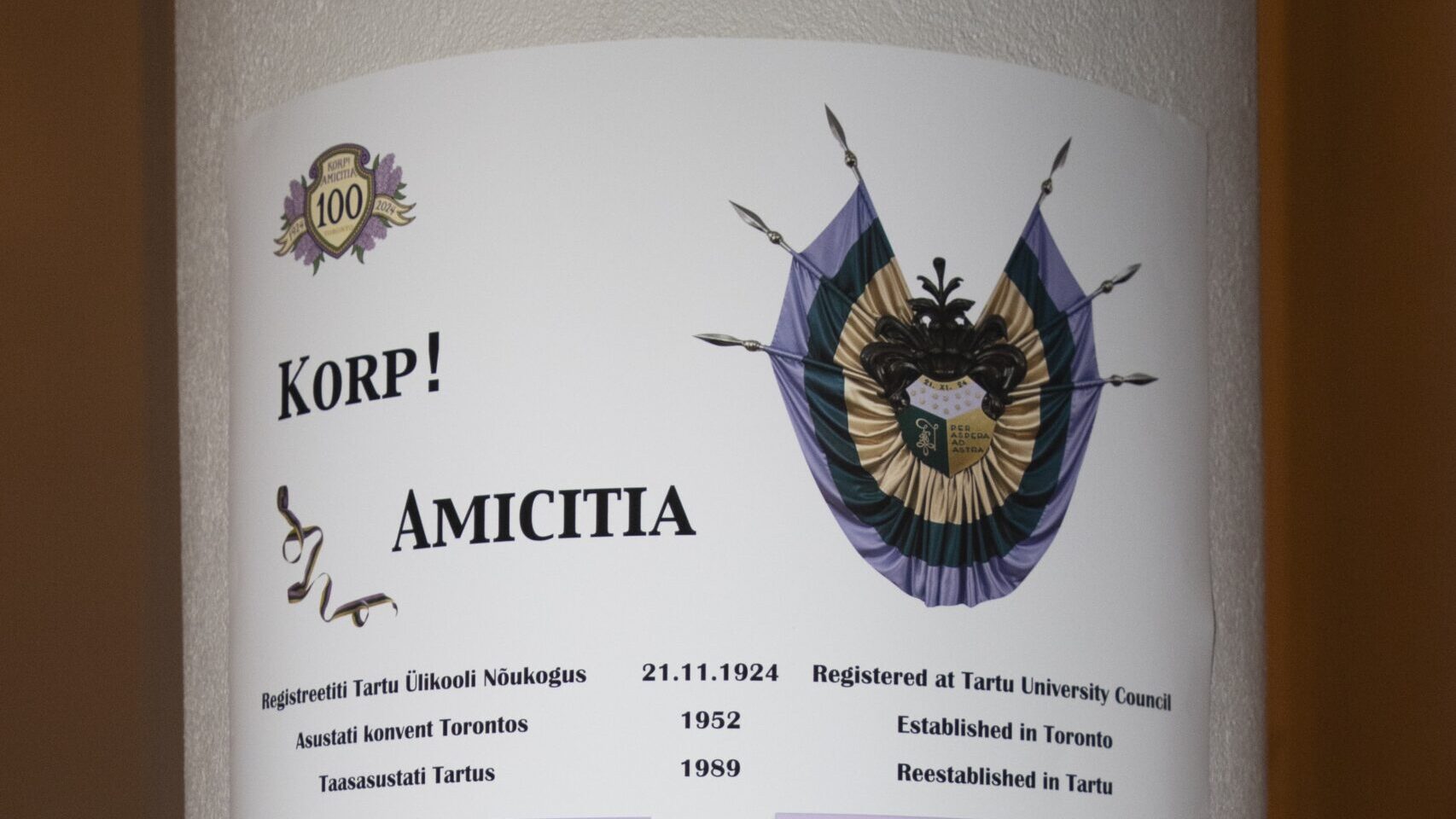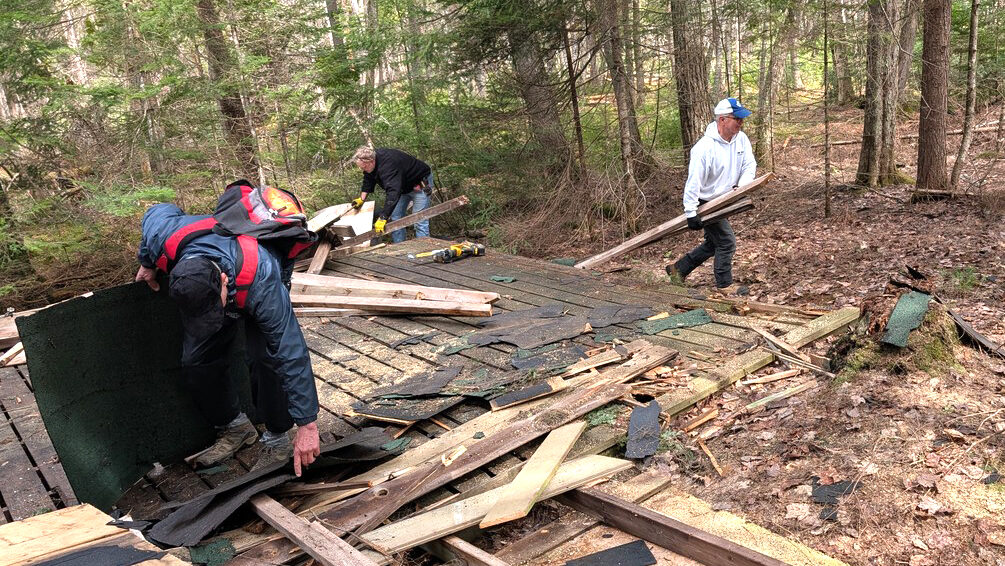What we do know is that the facility is restricted to 23,000 square feet, with 5,000 sq. feet available for commercial leasing. The cost of the facility including acquisition of 11 Madison Ave. and the existing parking lot at 7 Madison Ave. is estimated at 18 million dollars. This does not include fit-up costs for the facility should we wish to have specific uses e.g. coffee shop, bank,
We also know that there are restrictions imposed by the city as a condition of sale for building on 7 Madison. Two thirds of the space is to be a park/parklike space with a pass through to the adjacent property. We also know that building on 7 Madison will be restricted by the two subway tunnels underneath the property. We do not know the restrictions both physical, and time wise that this will impose upon the project. There is a twofold risk associated with this constraint. Setbacks may reduce the size of our facility footprint and construction timing may be impacted by restrictions imposed by the TTC. Construction delays that are not attributed to the contractor will result in significant increases in construction costs.
IS IT A SOUND BUSINESS DECISION?
The key question: We have an 18-million-dollar cost. WE have 5000 feet of commercial space which we intend to rent out to permanent commercial tenants. And we have 18,000 sq. feet of Flex space meaning space to be used by our community and space that can be marketed to the public.
Is there a detail costing and a financial plan that shows that our 18-million-dollar investment is financially sound? We Know the current Eesti Maja has an operating cost of $450,000 per annum. We know that the leasing tenants in Eesti Maja pay approximately $200,000. Rental of flex space to non-Estonians adds about $100,000.
Industry standards should enable us to determine building construction costs, maintenance costs, administrative costs, taxes, security, marketing. It should be relatively straight forward to determine the probable rental income for the available space. Based on availability, market rents and space utilization.
A developer would have a financial model that allows us to examine options? How much more rentable space do we require to make the project feasible. Is there an optimal mix between commercial space and flex space? Have we identified potential clients and defined our incoming revenue streams. A basic cash flow model would prove useful and identify our risk factors.
Do we have a financial model that allows us to examine options? How much more rentable space do we require to make the project feasible. Is there an optimal mix between commercial space and flex space? Have we identified potential clients and defined our incoming revenue streams.
Comparative analysis suggests that we should be carefully examining the project. The cost of our project is $782 psf. High end office space on University Ave. (800 University at the corner of University and College) is for sale at $355 psf.
It is very difficult to build a Business case for the Madison Acquisition.
WHAT IS THE OPTIMAL FINANCING OPTION:
What is the source of funds:
1. Sale of Estonian House – rollover of proceeds
2. Equity investment by Tartu College
3. Equity investment by Estonian Foundation
4. Equity investment by Estonian Credit Union
5. Mortgage by Estonian Credit Union (syndicated)
6. Private new share capital (new shares to be issued by the New Estonian House LTD.
It is highly unlikely that the sale of Estonian House will raise sufficient funds to pay for the new project. Is there a commitment by the parties to the agreement to assume an equity in the new project? If so how much? And on what terms.
If mortgage financing becomes a necessity, what will be the monthly payments? Is our projected cash flow from the new Esto House operations sufficient to cover these ongoing costs? What are the costs associated with various levels of financing? At what level does financing become an unacceptable risk? At the present time we have an Equity Line of credit with ETCU of $250.000. From our current revenues we are able to pay the interest costs but we lack sufficient funds to pay down any principal.
Much has been made of the concept of “bridge financing” in the event of the sale of Estonian House. It is obvious that the interest cost of any loan cannot be covered by operating revenues and would have to come from a draw down of our equity. This further increases the gap that would have to be financed by other sources.
How ready is our community to support a fund-raising effort, a new share offering, for the construction of the Madison Property? (risk assessment: a large segment of the population that is most able to lend financial support to the project is reluctant to do so.)
Cash flow constraints: We can entertain the concept of a leaseback option for Estonian House until the Madison Project is occupancy ready, but this is a huge expense on a razor thin operating budget. How do we finance this cost? Again the use of bridge financing is not without its costs. If we cannot afford to lease back the entire building should we lease back specific parts. Doing this will also bring to the forefront that many users of space in Estonian House are not paying for it now. Can we justify paying “rent” for space which we give out for free. Alternatively we could seek accommodation elsewhere such as the Latvian Cultural Centre.
Väino Einola
Eesti Majandus Klubi Esimees




